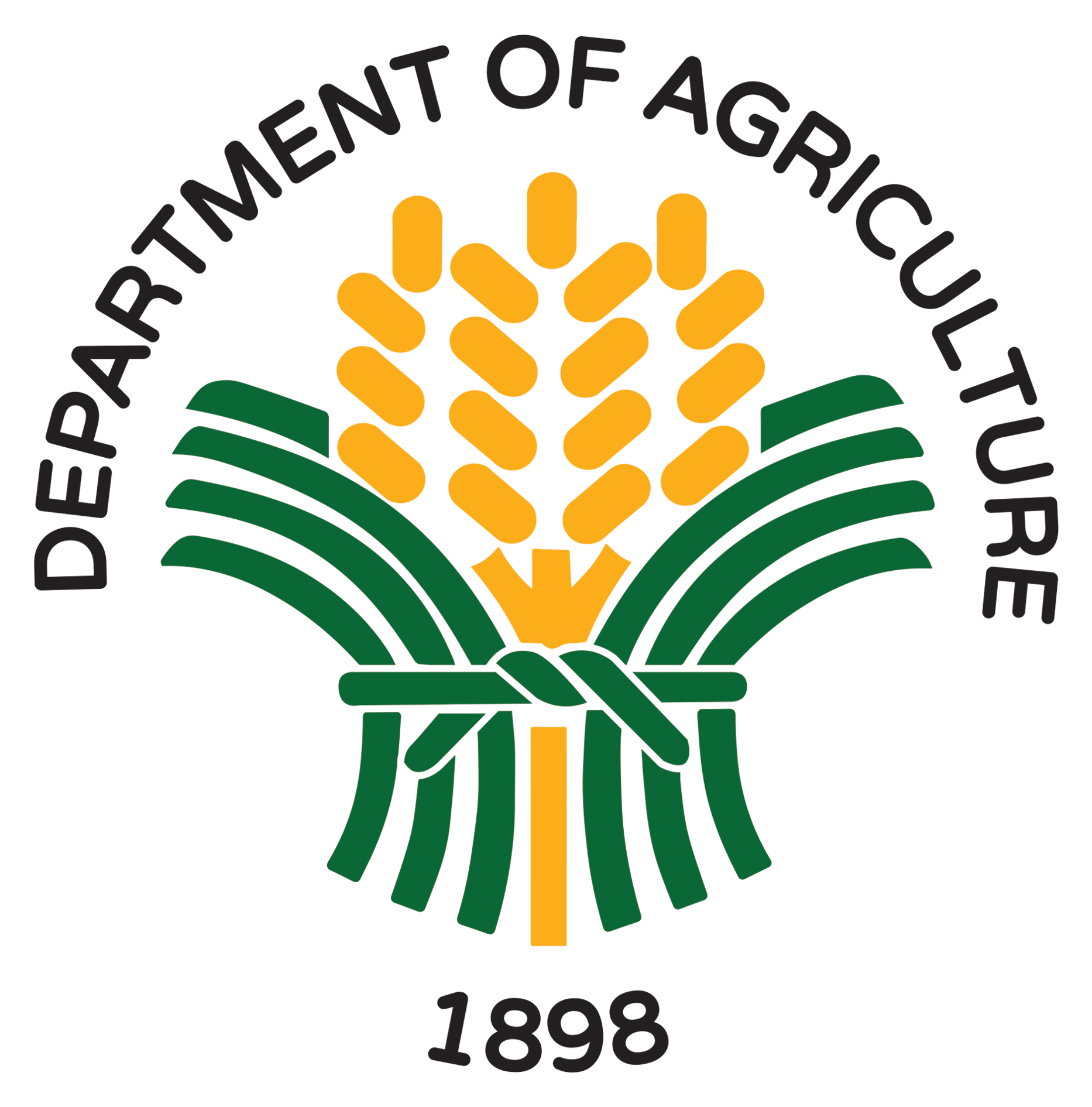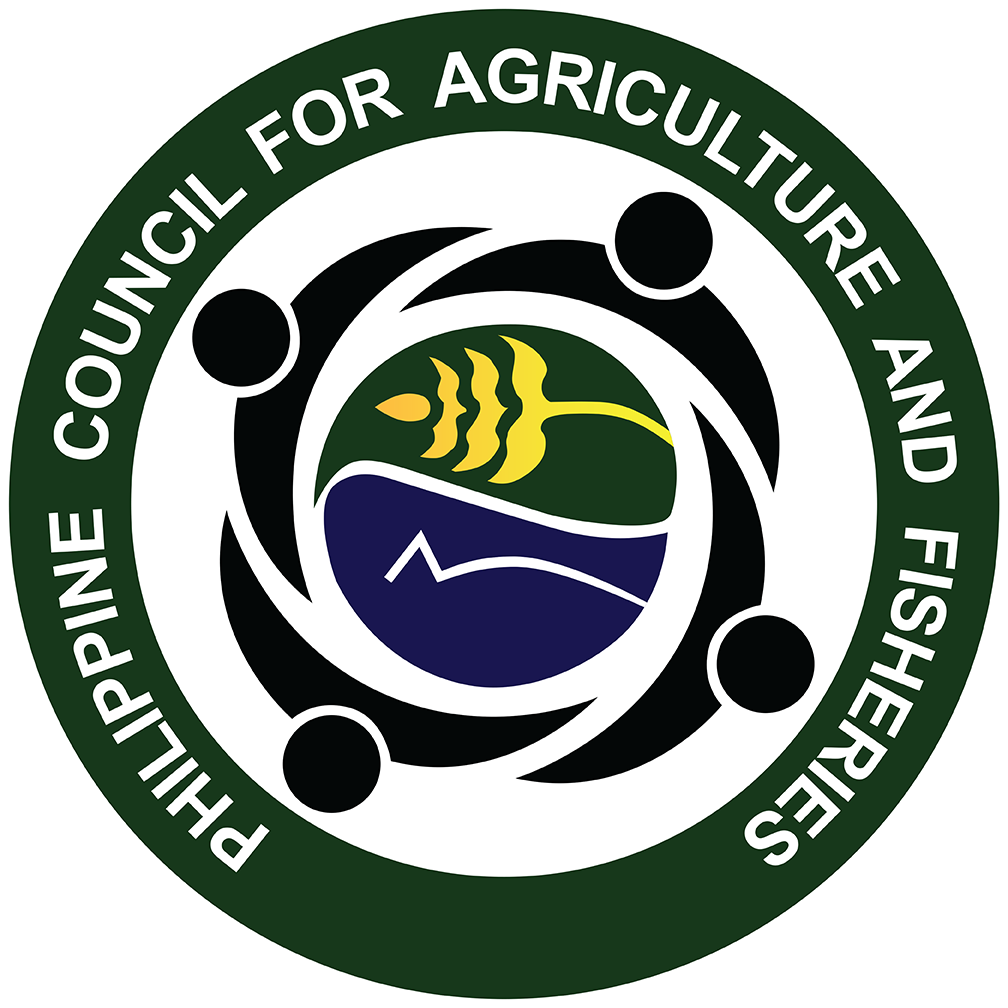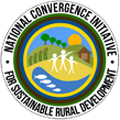
In a recent activity of the Philippine Council for Agriculture and Fisheries (PCAF), the agency acknowledged and thanked the efforts of its volunteer-partners for the “significant” improvement of its adoption rate and increased membership in agriculture and fishery stakeholders.
More than 20 National Sectoral and Strategic Concerns Committees (NSSCCs) and Agricultural and Fishery Councils (AFCs) chairpersons and representatives gathered on February 12 to 13 to participate in the Joint PCAF, NSSCCs, and AFCs Performance Review and Planning Workshop in Quezon City.
Planning, Monitoring and Knowledge Management Division (PMKMD) Chief Estrella Tulay highlighted that PCAF attained an “all-time high” obligation rate of 99.98%, the highest among the Department of Agriculture’s attached agencies, and a disbursement rate of 96.88%.
She also emphasized a 6% increase in membership of the Advisory Special Bodies as against the 5% target.
Aside from these, PCAF presented the 2018 agency performance to draw important feedback on the outputs of the NSSCCs, AFCs, and the agency’s Operating Units on the overall physical and financial performance of the agency’s Major Final Output (MFO), by Programs, Activities and Programs (PAPs), and contributing units.
“We commend the efforts of the NSSCCs and AFCs for a very good accomplishment in 2018, of course with the technical guidance of the secretariat support from the Partnership Development Division and the Policy Development Coordination Division,” said Tulay.
2018 AGENCY PERFORMANCE
The agency recorded a total of 99.98% in terms of obligation rate and 96.88% for the disbursement rate. In terms of physical accomplishment, the agency endorsed 494 policy recommendations/resolutions out of the 474 target. With this, 100 were from the NSSCCs and 394 were from the AFCs. (See graphics for complete accomplishment report by committee and region.)
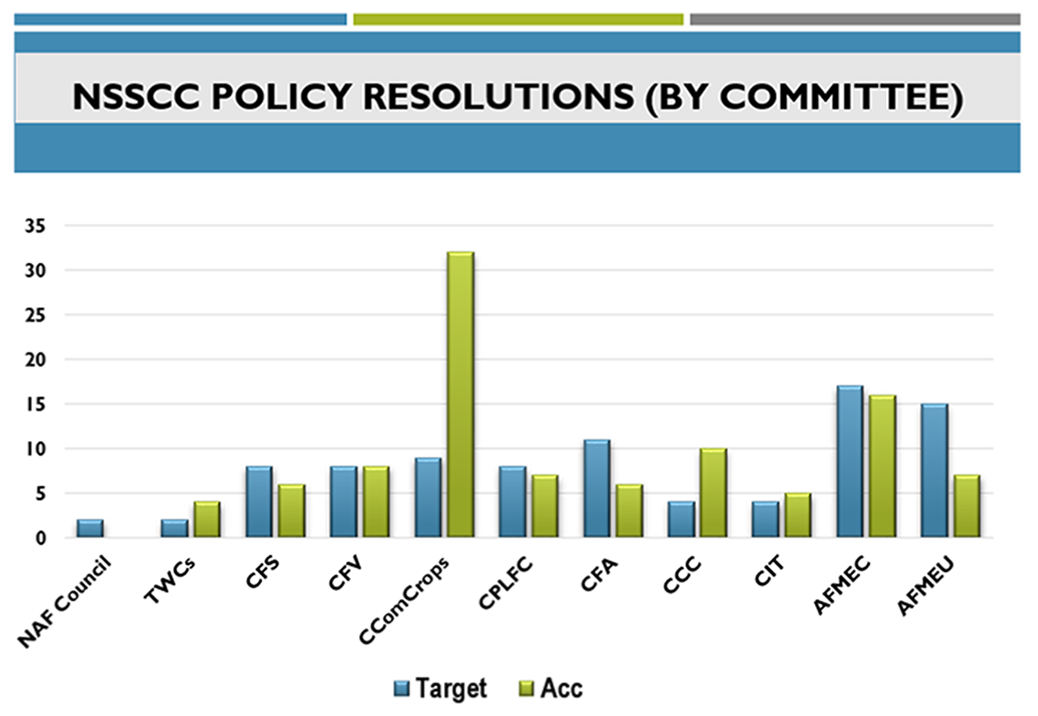
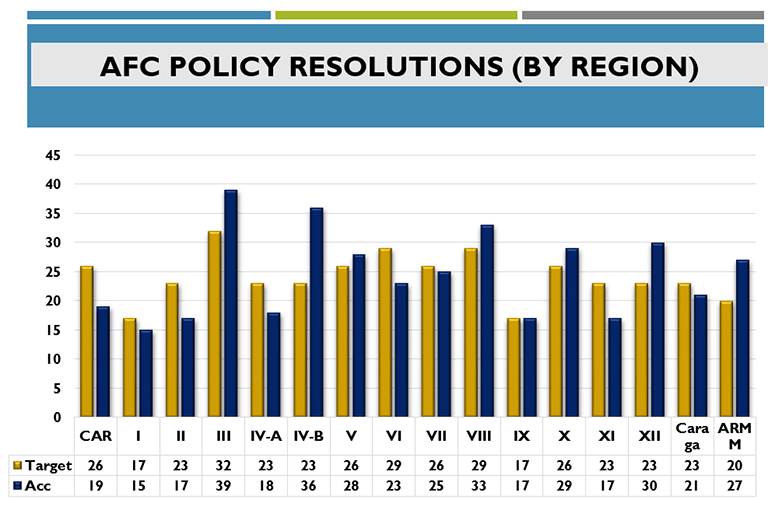
PCAF also presented Participatory Monitoring and Tracking (PMT) reports, its results, and findings. In the consolidated monitoring report showed by Monitoring and Evaluation Section (MES) Chief Cyril Soliaban, PCAF, together with the Monitoring Team, visited 711 Department of Agriculture (DA)- funded projects that cost PhP1.9 billion. (See graphics for complete list of Projects Monitored per Region.)
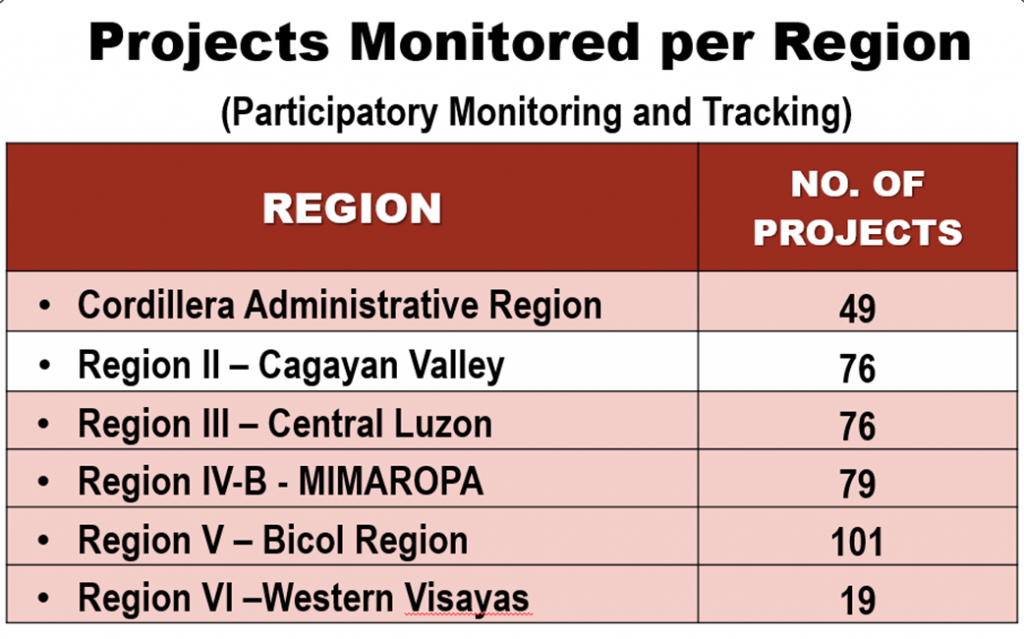
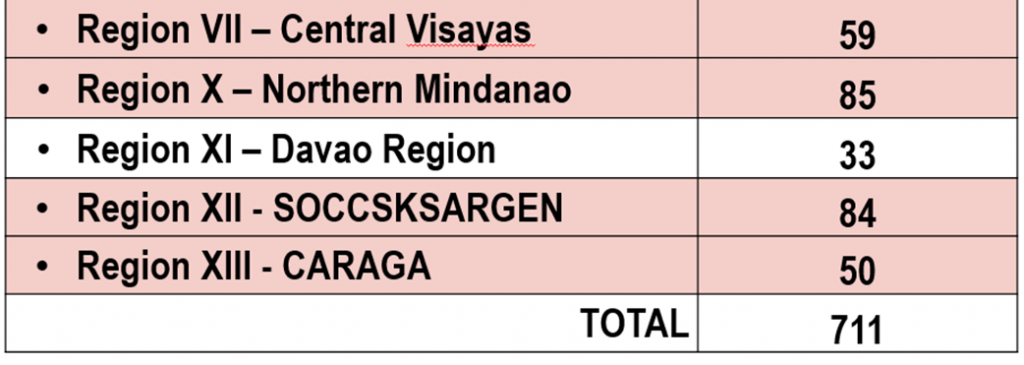
Under the PMT guidelines, the Monitoring Team is composed of at least one member of the National Agriculture and Fisheries Council (NAF Council), NSSCC representatives, AFC from the regional and provincial level), PCAF MES staff, and concerned Department of Agriculture and Regional Field Office representatives.
The projects monitored were 241 Farm-to-Market Roads (FMR), one farm input and planting material, 58 irrigation equipment and facilities, one livelihood project, six livestock projects, 175 post-harvest equipment and facilities, 219 production equipment and facilities, and 10 others.
Based on the reports submitted by the implementing agencies, all the agricultural and fishery programs and projects validated exist, implemented, and majority were completed as reported in the accomplishment reports by the concerned implementing agencies.
However, as per the validation of the PMTs, 98% programs and projects exist while 81% are operational, 17% are not operational or still on-going, and 2% does not exist and not delivered nor implemented.
It was also reported that FMR project recipients usually noticed that there were no visible signage and concrete markers in the area. Aside from this, there is a need for maintenance or cleanliness of FMRs. While in the irrigation facilities, on time delivery of equipment or machinery, as well as giving more equipment to the recipients tops the issues and concerns that need to look at.
While in the production equipment and facilities, the most common issue and concern is that the recipient and association has no copy of the Memorandum of Agreement. The recipients also ranked “no shed” and “no policy, implementing rules and regulations, or ordinance” as their top concerns.
As a general recommendation, the team suggested that the “policy on the provision of production and postharvest equipment and facilities through counter parting or outright grant” needs to be re-evaluated.
The report said that the policy may have been feasible for start-up industries, especially for small and medium farm enterprises, to have an assistance to be self-reliant and eventually avail credit and procure their choice equipment or machines. -JC





